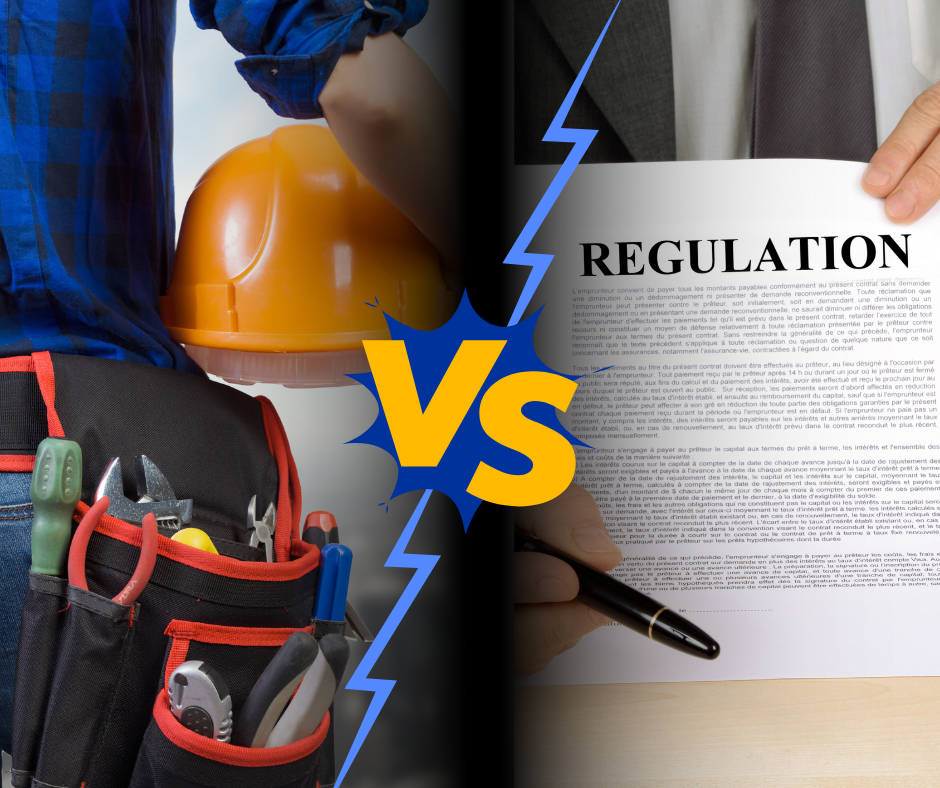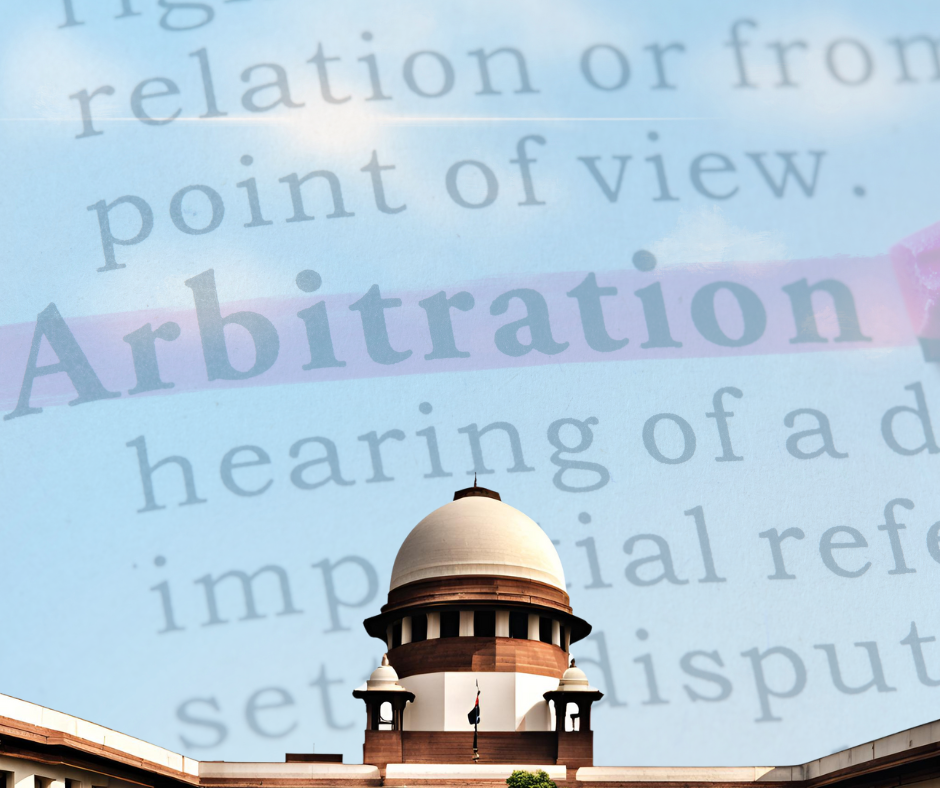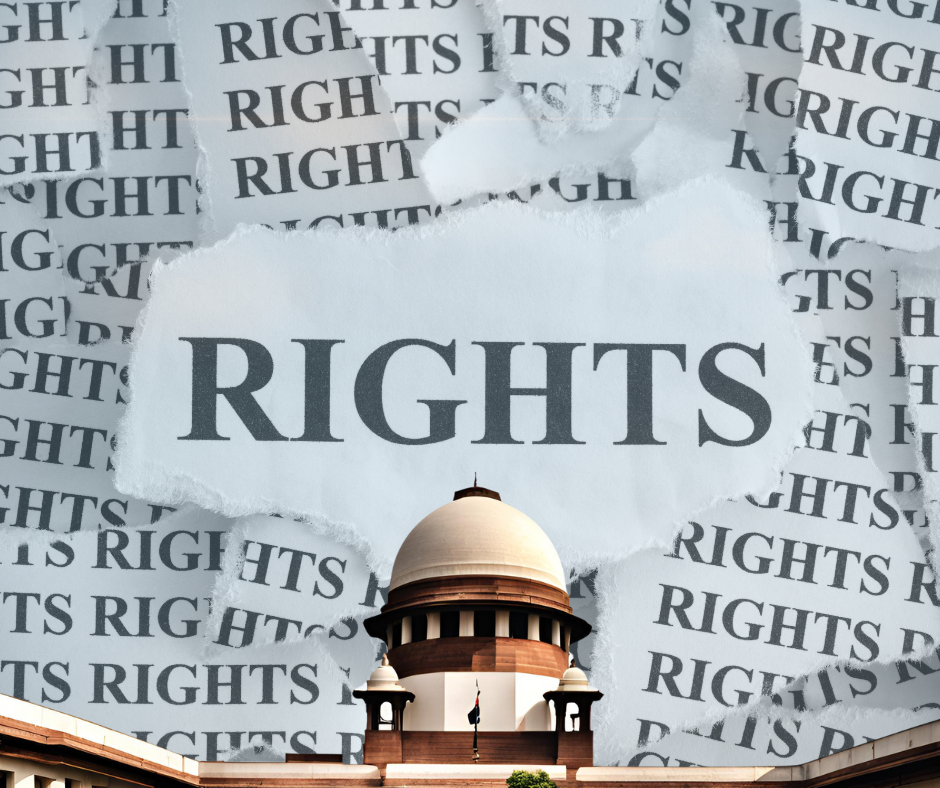
Share now:
Bombay High Court Judgement on Kunal Kamra and other’s plea against the center govt’s fact check unit.
Introduction
In a landmark decision with significant implications for online freedom in India, the Bombay High Court on September 20, 2024, struck down the Centre’s Fact Check Unit (FCU) on the grounds of violating the fundamental rights enshrined under Articles 14, 19(1)(a), 19(1)(g), and 21 of the Indian Constitution. As a result, the court declared Rule 3(1)(b)(v) of the Information Technology (Intermediary Guidelines and Digital Media Ethics Code) Rules, 2021 unconstitutional. The court’s ruling came after a challenging legal battle that began in January 2024.
Concerns
The Centre’s proposal to establish the FCU in 2023 sparked immediate concerns from digital rights activists and journalists. They argued that the unit could be used to stifle dissent and manipulate online narratives. This apprehension led to legal challenges filed by various parties, including The Editors’ Guild of India and stand-up comedian Kunal Kamra, in January 2024.
Split Decision and Tie Breaker
The initial hearing in January 2024 resulted in a split verdict from a two-judge bench comprising Justices Gautam Patel and Neela Gokhale. While Justice Patel held the amendments unconstitutional, Justice Gokhale expressed reservations but did not explicitly support the FCU.
The case then proceeded to a third judge, Justice Atul Sharachchandra Chandurkar, for a tie-breaking decision. On 20th September 2024, Justice Chandurkar delivered his judgment, siding with Justice Patel and declaring the FCU and the relevant IT Rule amendments unconstitutional.
The ruling was issued in response to the following nine points of divergence between Justice Patel and Justice Gokhale:
- Article 19(1)(a) and Article 19(2);
- Violation of Article 19(1)(g) read with Article 19(6);
- Violation of Article 14;
- Knowingly and intentionally;
- Expression “fake or false or misleading”;
- The impugned Rule being ultra vires the Act of 2000;
- Chilling effect of the amended Rule;
- Saving the impugned Rule by reading it down;
- Aspect of proportionality;
In agreement with Justice G.S. Patel, Justice Chandurkar emphasized that the right to freedom of speech under Article 19(1)(a) is not a separate “right to the truth” nor is it State’s obligation to guarantee that citizens receive only non-misleading information. He criticized Rule 3(1)(b)(v) of the IT Rules, 2021 for imposing unconstitutional restrictions on free speech, as these limitations did not align with the reasonable restrictions outlined in Article 19(2).
Justice Chandurkar also noted the lack of consistency in subjecting digital media to stricter scrutiny for content about the Central Government, while exempting print media from the same standard, thus violating Article 19(1)(g) and Article 14. The Rule further breached Article 14 by positioning the government as the final arbiter of truth, allowing the Fact Check to determine what constitutes “fake,” “false,” or “misleading” information without clear guidelines, resulting in vague, overbroad terms that risked chilling free speech.
Moreover, Justice Chandurkar opined that the Impugned Rule created substantive law beyond what is permissible under the IT Act, particularly concerning Sections 69A and 79. He highlighted the absence of sufficient safeguard against potential abuse, which could interfere with fundamental rights. Ultimately, he rejected the Union of India’s argument that the Rule was the least restrictive means of combating fake information and refused to uphold its validity through a “reading down” approach.
Implications
This landmark ruling is a significant victory for digital rights activists and upholds online freedom in India. It reinforces the principle that the government cannot arbitrarily censor or restrict online content without a compelling reason and with clear procedures. The decision also sets a precedent for future attempts to regulate online content, requiring a more balanced approach that prioritizes free speech and expression alongside combating misinformation.
The government’s response to the ruling is yet to be seen. It may choose to appeal the decision to the Supreme Court or explore alternative frameworks for regulating online content. However, the Bombay High Court’s verdict casts a shadow on the government’s ability to implement such measures in the current form.
Path Forward
The future of fact-checking in India also remains uncertain. While the FCU model has been rejected, the need to combat misinformation online is still present. The ruling paves the way for exploring alternative approaches, such as supporting independent fact-checking organizations and promoting media literacy initiatives.
Conclusion
The Bombay High Court’s ruling is a call for responsible regulation to safeguard online freedom and uphold constitutional rights in India. By striking down the Centre’s Fact Check Unit and key amendments to the IT Rules, 2021, the court has reaffirmed that any attempt to regulate digital content must respect the foundational principles of free speech and equality. The judgment not only shields individuals from the arbitrary censorship but also ensures that the government’s regulatory power remains bound by the Constitutions reasonable restrictions. Such a balance is necessary to preserve the democratic fabric of the society.
As India navigates this complex landscape, the focus should be on finding solutions that address misinformation without compromising online freedoms. The Bombay High Court’s decision provides a valuable tool for advocates to achieve this goal. It guides future litigation and policy-making, ensuring the pursuit of truth is harmonized with the preservation of free expression.







